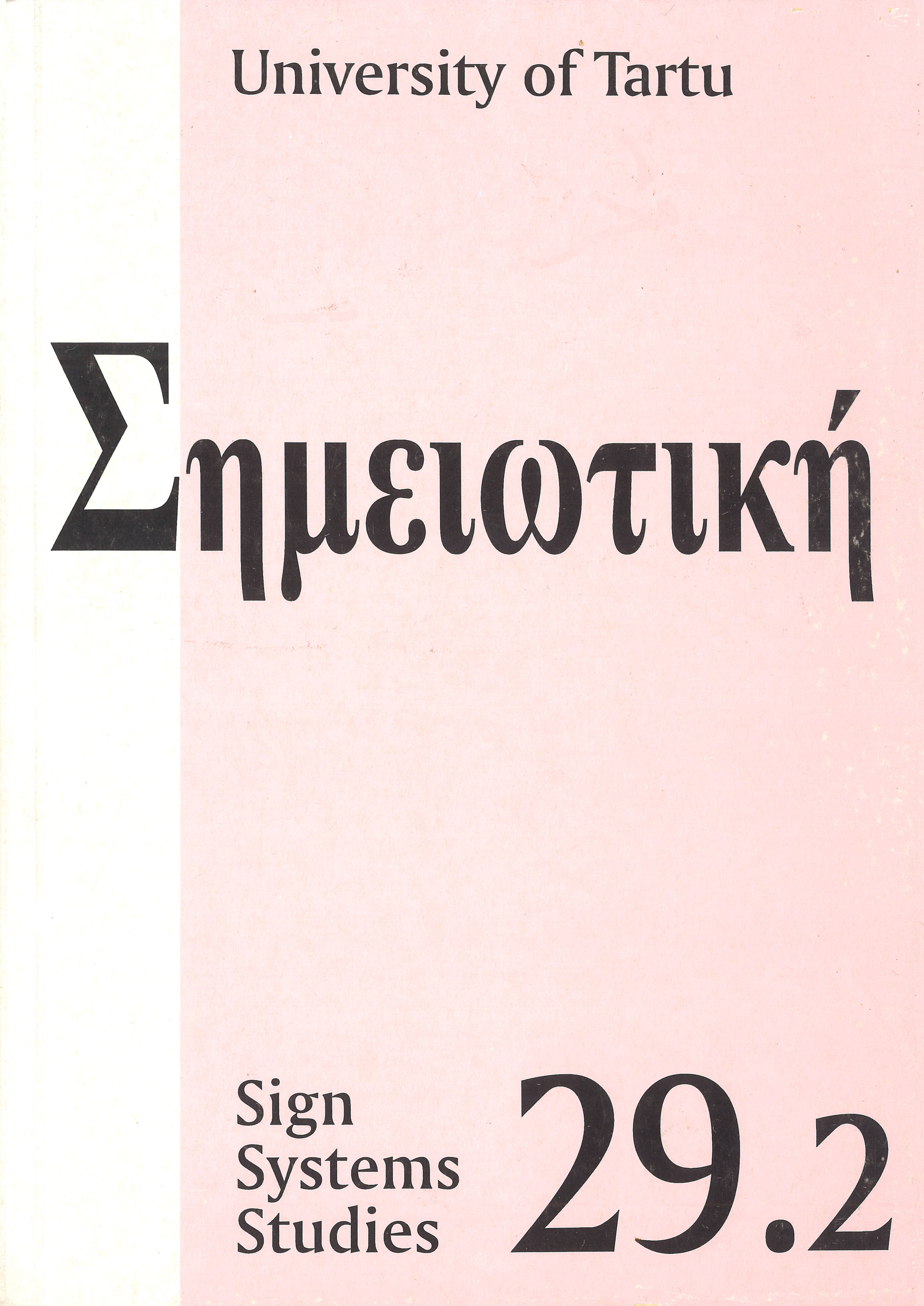Social semiotic contributions to the systemic semiotic workpractice framework
DOI:
https://doi.org/10.12697/SSS.2001.29.2.10Abstract
The workpractices associaied with the use of an information system can be described using semiotic theories in terms of patterns of human communication. A model of workpractices has been created called the systemic semiotic workpractice framework that employs two compatible but distinct semiotic theories in order to explain the complexity of information systems use in organisational contexts. One of these theories called social semiotics can be used to describe atypical workpractice realisations, where a user renegotiates one or more canonical sequences of activities typically associated with a specific system feature. In doing so the user may alter the staging of the workpractice, redefine the goal of the workpractice, or renegotiate the usual role they adopt within the workpractice. Central concepts in social semiotics are explained and applied to an actual atypical renegotiated workpractice associated with the loan of materials to students in a smalloperational level information system called ALABS.


